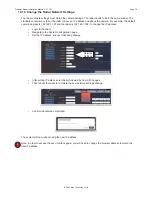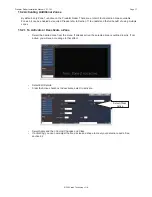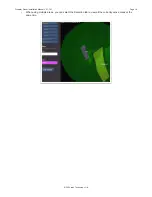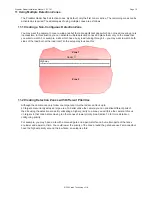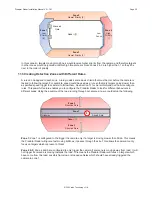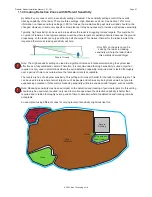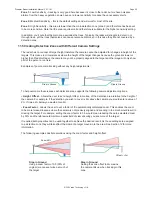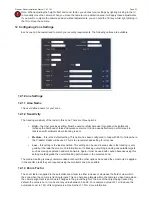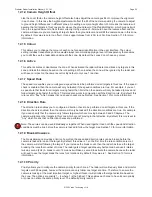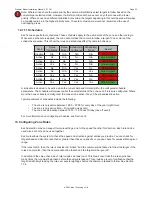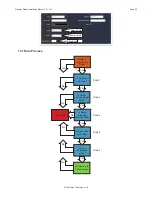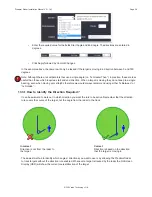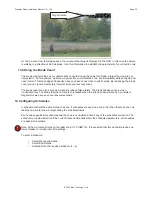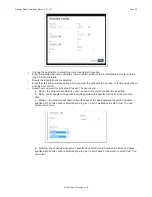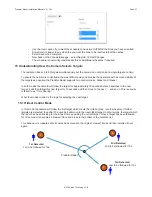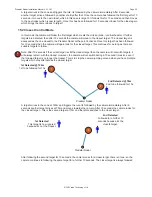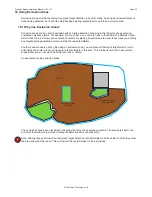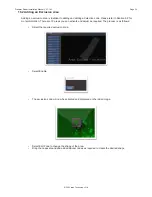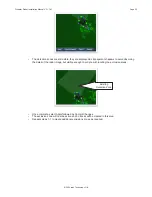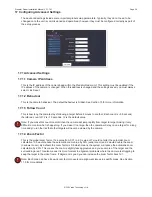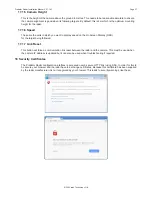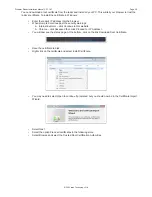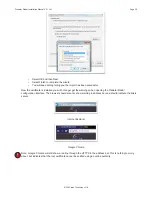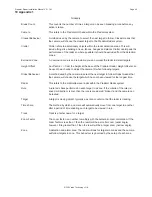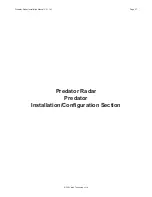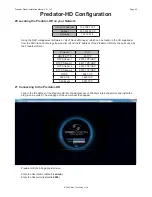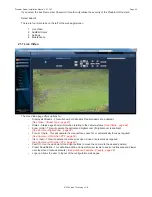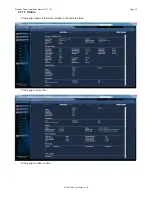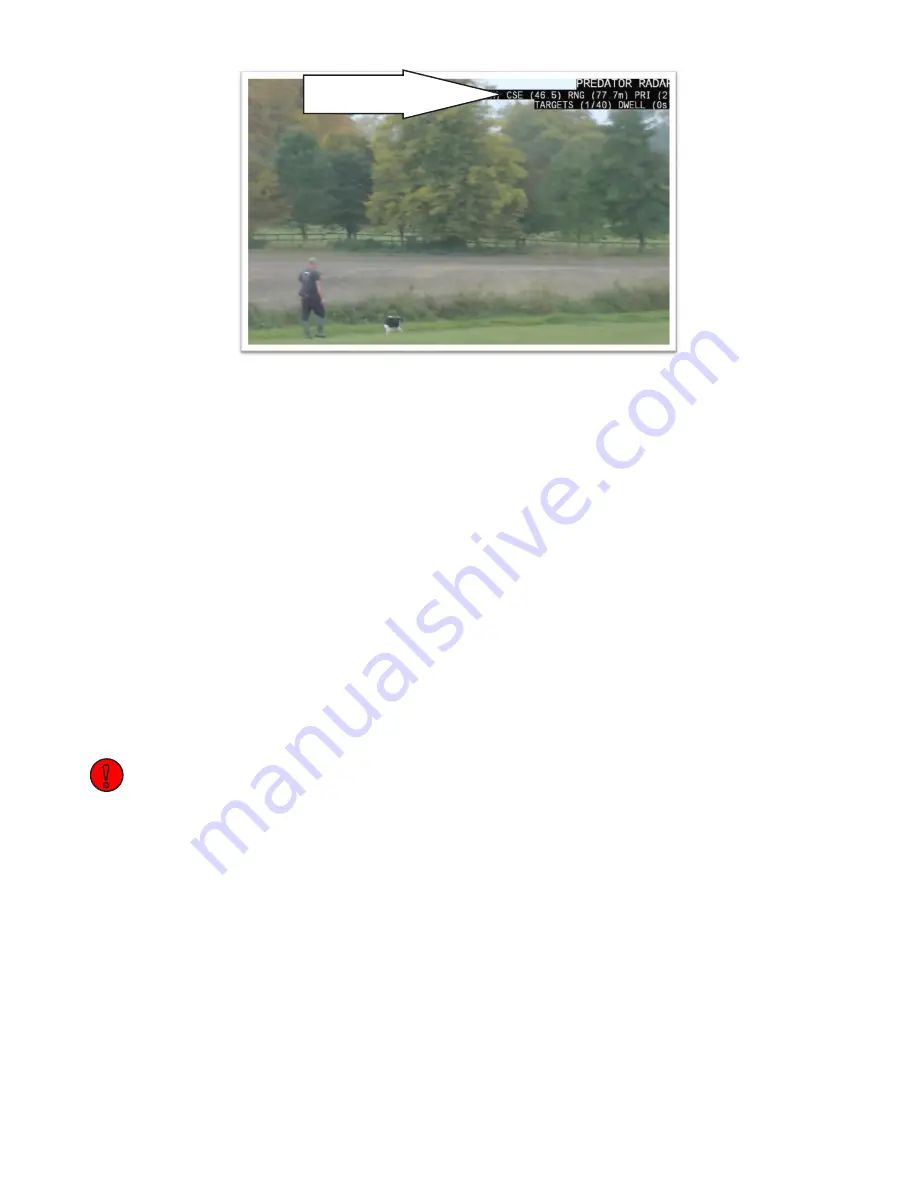
© 360 Vision Technology Ltd.
Page 29
Predator Radar Installation Manual V2.1.18.1
As can be seen from the image above, the course of the target is displayed in the OSD, in this case the person
is walking in a direction of 46.5 degrees. Use this information to establish the parameters of your direction rule.
13.4 Using the Break Count
The break count provides a very useful check to avoid moving the camera to follow a target that you are not
interested in. So for example, a person may walk into your detection zone, but immediately walk out again and
never return. This may happen frequently when you have zones close to public areas. By increasing the break
count you can ignore momentary incursions into your security zones.
The break count can also serve as a means to reduce false alarms. The break allowance can act as a
“confidence level”, ensuring that the camera is only tasked when the rule has been broken by a consistent
target which we have seen over several seconds.
14 Configuring Schedules
A schedule controls the active status of a zone. If schedules are used on a zone, then than that zone can only
task the camera to follow a target during the scheduled times.
Each zone supports four schedules and the zone is considered active if any of the schedules are active. The
schedule is considered active if the current date and time falls within the scheduled parameters. All schedules
are based on local time
Note: At the moment all times on the radar are in UTC (GMT+0). It is expected that this will be improved on a
future release to include local time settings.
To enter a schedule:
• Select the required zone.
• Select Edit Details.
• Select Edit on the required schedule (1 – 4)
Target Course
!


